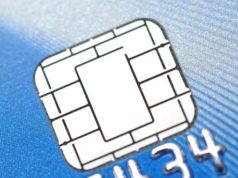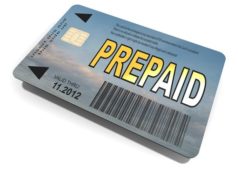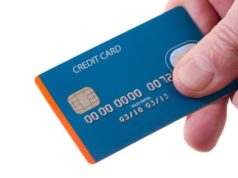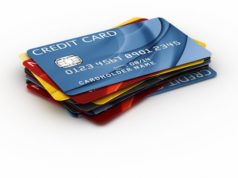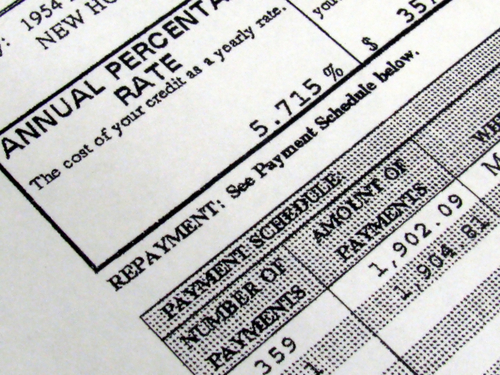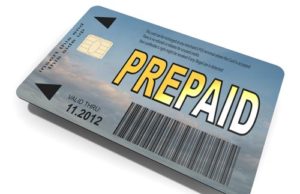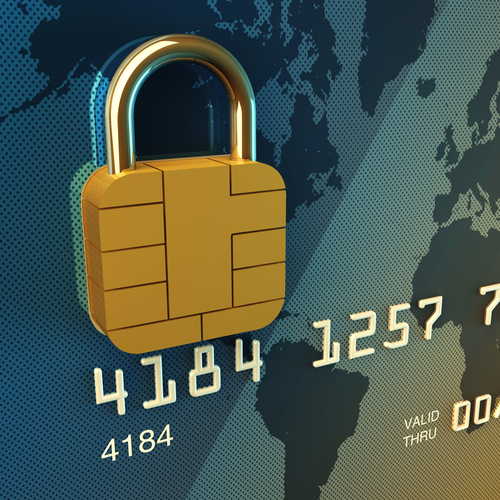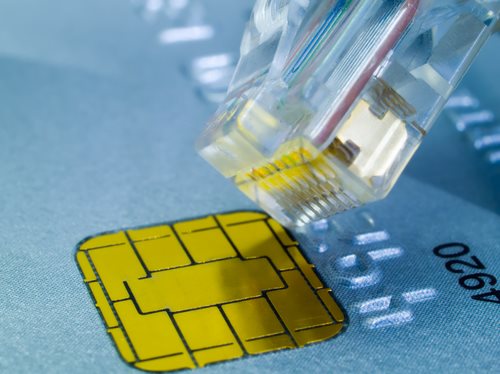
What is the
Definition of ‘The Best Credit Cards’?
The term ‘Best Credit Cards’ is typically used in
order to illustrate the details of credit cards considered to be the most
attractive, unsecured, financially-freeing, and monetarily viable. Within the
consideration and respective classification of the Best Credit Cards, the
primary considerations utilized with regard to this determination will commonly
include the analysis of the following components:
Interest and Annual Percentage Rate (APR)
Unless otherwise stated, every loan or line of
credit will include an interest rate. Interest is a financial instrument
undertaken by lending and credit institutions in order to render profit in the
midst of financial lending or the furnishing of monies in which the repayment
is implicit. However, the interest rate of individual credit cards varies in
accordance with a multitude of factors. The Best Credit Cards are oftentimes
considered to be those with the lowest interest rates.
The
following is an example of both high and low interest rates:
In the event that an individual in possession of a
credit score determined to be ‘good’, which is classified as ranging from 739
to 700, uses a credit card with 5% APR to make a purchase of $100, that
individual will be required to furnish the repayment of $105. This total is the
gross amount of the purchase in addition to the added 5% interest.
In the event that an individual in possession of a
credit score determined to be ‘poor’, which is classified as ranging from 579
to 300 – the lowest possible credit score – uses a credit card with 20% APR to
make a purchase of $100, that individual will be required to furnish the
repayment of $120. This total is the gross amount of the purchase in addition
to the added 20% interest.
A high APR is NOT considered to be a component of
the Best Credit Cards, due to the fact that each purchase conducted incurs the
higher supplemental expenses in contrast to a lower APR typical of the Best
Credit Cards.
Credit and Spending Limits
A credit limit is defined as the maximum amount of
funding allotted to an individual owner of a credit card. The determination of
a credit limit relies heavily on both the credit history and credit score
belonging to an individual. Typically, the Best Credit Cards will allow for
higher credit limits in tandem with the lowest APR. Conversely, low credit
limits are NOT considered to be qualities innate within the Best Credit Cards.
In the event
that an individual has exceeded their respective credit limit, they are no
longer permitted to use their individual credit card for spending until
repayment is furnished. Many individuals refer to this with regard to its
colloquialism of ‘Maxing Out’ a credit card.
How to Get the Best Credit Cards
The notion of the ‘Best Credit Cards’ will
typically vary in conjunction with individual cases and histories. The
following are amongst the most common financial circumstances and prospective
remedies:
Credit History Classified as ‘Poor’
The following may be the Best Credit Cards for
individuals described above:
The application for the receipt of secured credit
cards, which may include the furnishing of deposits, low credit limits, or
higher APRs. The full payment of a monthly credit card balance will not incur
additional APR surcharges.
Prompt repayment, responsible usage, and the
compliance with the expressed terms of service will typically result in
increased credit limits and raised credit scores.
Students and Individuals without Credit
The following may be the Best Credit Cards for
individuals described above:
The application for the receipt of unsecured
credit cards, which may vary in individual APR and credit limits. The full
payment of a monthly credit card balance will not incur additional APR
surcharges. Typically these credit cards will include low credit limits.

